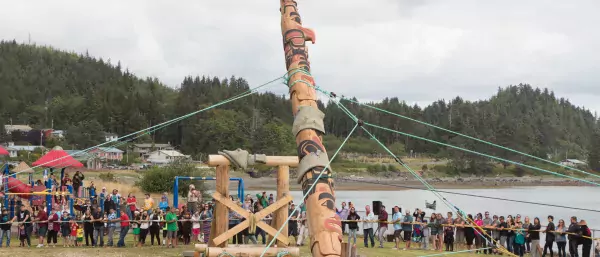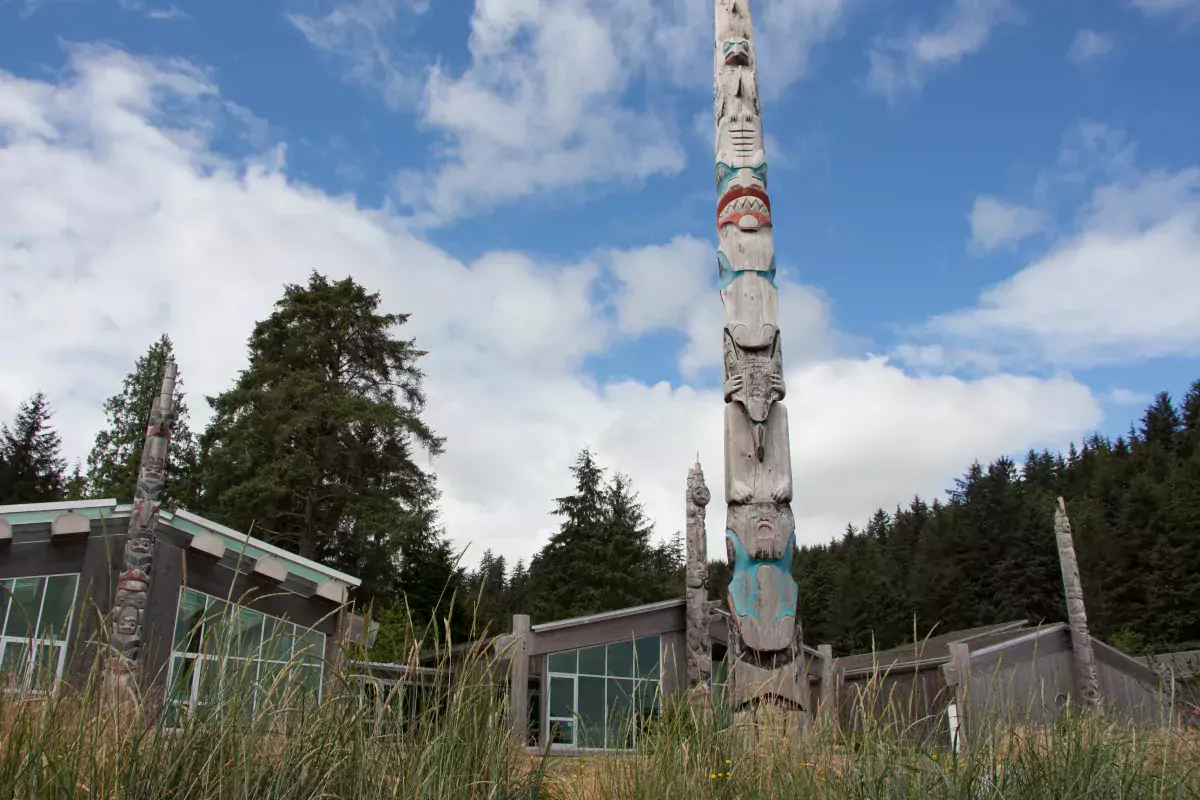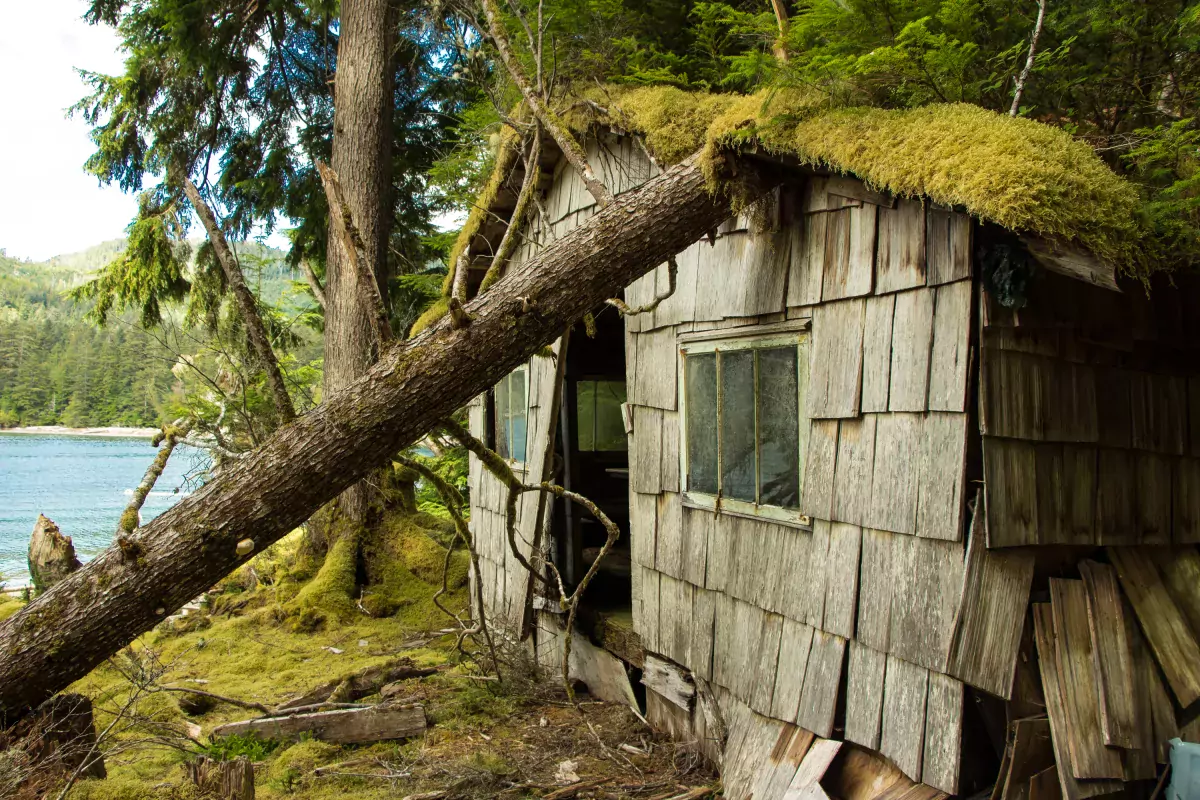Totem Pole raising ceremony in Haida Gwaii
PAULA WORTHINGTON
Landing in Sandspit, the main airport to access the village of Queen Charlotte in Haida Gwaii, gave me the same anxious butterflies I felt on the first day of school.
It could have had something to do with the school bus shuttle that picked me up outside the airport, the first part of a car-ferry-car commute required to reach Graham Island, where most people on Haida Gwaii live. Or, it could have been the anticipation of exploring somewhere new, a relatively remote place with a unique culture that I knew little about.
I’d always been intrigued by Haida Gwaii, back to when I was in elementary school, when it was called the “Queen Charlotte Islands." Tucked about 130 km off the northwest coast of British Columbia, the archipelago is sometimes referred to as “Hawaii Gwaii” or the “Galapagos of Canada” because of its vast coastlines and abundant wildlife.
Go #SnowToZen with us and win - explore more
It’s also home to rich Haida history and culture. The Haida have called Haida Gwaii home (literally meaning, islands of the Haida) for more than 12,000 years, and at one point, before European settlement, there were tens of thousands of Haida living in more than 100 villages throughout the 150 islands. The arrival of small pox in the 1800s saw the population shrink by 95 per cent but today, Haida culture is still strong.
Events are a natural part of communities on Haida Gwaii, and given there are only around 4,000 people living across a few municipalities and villages, events are also important at bringing people together - locals and visitors alike.
I had the opportunity to witness a totem pole being raised in the village of Skidegate, a unity pole carved by hand into red cedar, an important gesture to showcase all of the clans in the area. At the ceremony, everyone had an opportunity to take part. It requires good old-fashioned muscle and sweat to raise a totem pole, by tugging on the ropes, or helping fill the pit with rocks once the totem is raised.
Haida history and culture is a big part of all of the events. After the totem pole raising, locals and visitors flocked to the local community hall, where a traditional potlatch feast was served: salmon, lingcod, herring roe, bannock and sea asparagus, all traditional foods eaten in this part of Canada. Guests were laden with food and gifts, a gesture of thanks for witnessing the ceremonies of the day.
Arriving at the potlatch, I could feel the first-day-of-school butterflies come back. I wasn’t part of a “clan,” neither from the Eagle or Raven lineage. In the first moments of arriving, I felt like I was encroaching on someone else's traditions and party. I quickly realized that the Haida welcome is true - warm and genuine. As the chiefs took turns speaking to the crowd, they each re-iterated their appreciation of visitors joining them that day, participating in their traditions.
Events and festivals aside, Haida Gwaii is home to unparalled, natural beauty. The southern third of Haida Gwaii is home to the Gwaii Haanas National Reserve, National Marine Conservation Area and Haida Heritage Site. Explorable only by sea or air, the park is a sanctuary of west coast history and wilderness. Five Haida watchmen sites dot the area, each home to remains of Haida villages for visitors to explore. Once again, the welcome is authentic.
By the time I got back on the shuttle to take me by ferry back to the airport, the butterflies had long subsided. Arriving with an open mind, it was quickly filled with memories of good conversations, a beautiful culture that lives on, and raw beauty that leaves you in awe at every corner. The only thing better than feeling welcome, is hearing someone say “welcome back."
And I can’t wait to get back to magical Haida Gwaii.
Getting there: Situated more than 700 km northwest of Vancouver, Haida Gwaii is perched south of Alaska, north of Vancouver Island and to the west of Prince Rupert, which offers ferry service multiple days a week. Regularly scheduled air service is offered to Masset, located at the north end of Graham Island, and to Sandspit, more centrally located closer to the villages of Queen Charlotte and Skidegate (a 20- minute ferry ride).
Visit: The Haida Heritage Centre at K’aay Llnagaay (Sea Lion Town) in Skidegate. Plan a one-day or multi-day trip to Gwaii Haanas.
Eat: For a traditional Haida feast, book at seat at Keenawii’s Kitchen in Skidegate. Operated by Roberta Olson, she serves traditional Haida meals in her home.
For even more information about Haida Gwaii, contact the Queen Charlotte Visitors Centre at 250-559-8316
Are you ready to explore Haida Gwaii for yourself? Share this story with your friends.
Like Our Facebook Page














